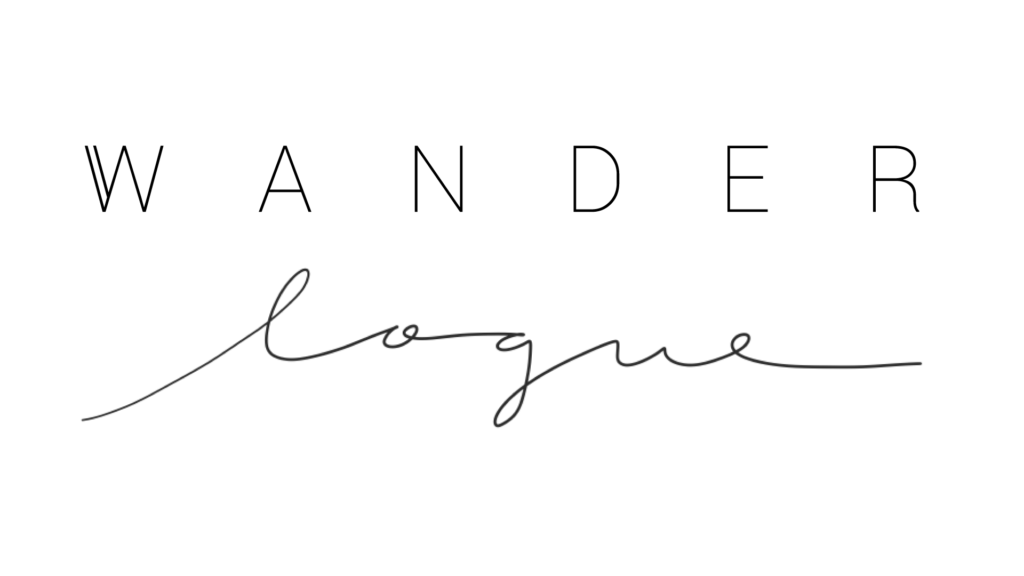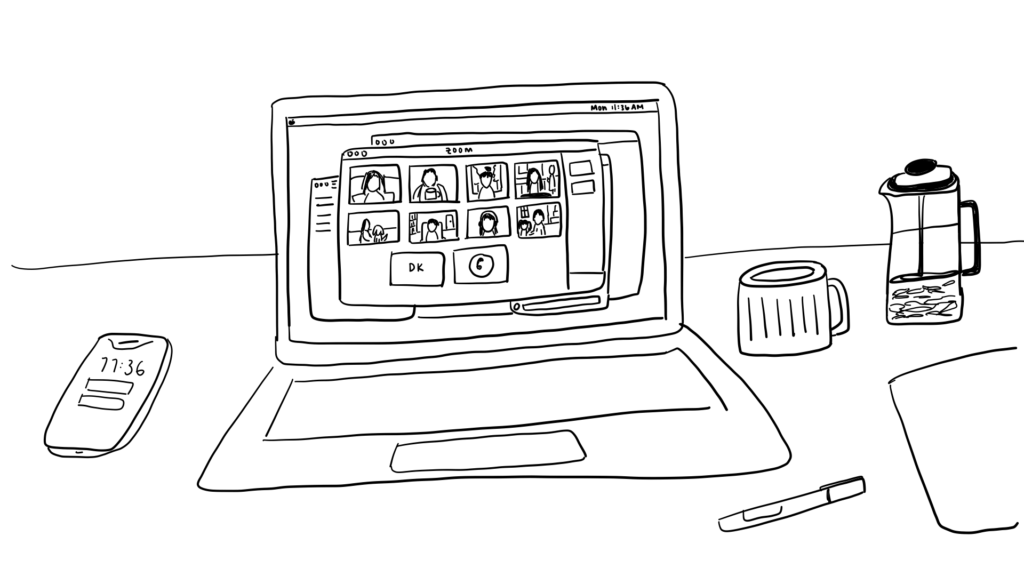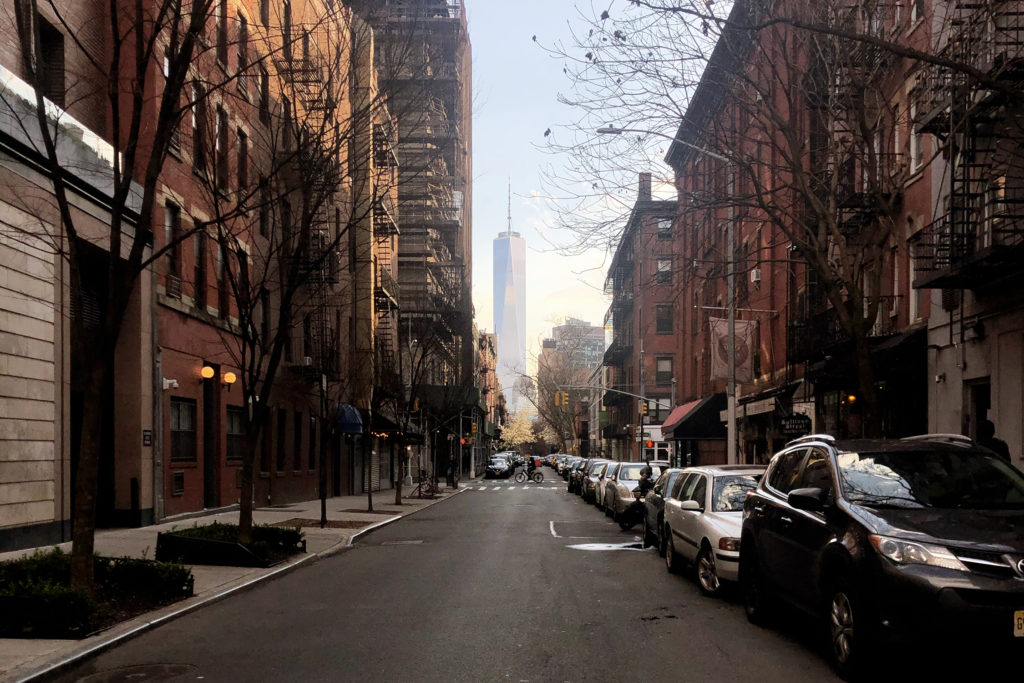Culture trends during COVID-19
the current status of corona-culture
It started out with cancels. Not even cancel culture, but culture being canceled. Sports. Movies. Concerts. Music festivals. Marketing conferences. Broadway. TV show productions. Museums. Restaurants.
It was like everything we appreciated about the world, everything that keeps us sane, gives us things to look forward to, provides a platform upon which we can connect with the world around us, suddenly dark. Suddenly silent.
And we were left with the worst of culture. Or at least, the part of culture that has a bad reputation and that many would argue offers little value compared to the others. The internet.
SIDE NOTE:
As someone who has studied and worked in media and digital for the better part of the last decade, I can see both sides. I think the internet can simultaneously be the best and the worst thing that has happened to the world, because it brings out the best and the worst in society. It essentially just speeds up and amplifies the good and the bad.
But culture isn’t static. Culture evolves with time. It exists in the context of the present, the past and the future. It organically changing with society, constantly permeating, always, necessarily, relevant. And creativity thrives in times of challenge. The more restrictions you have, the more obstacles in the way, the more innovation happens to survive, and eventually, hopefully, to thrive.
Anyways, it’s been about a month since America shut down, here are some cultural notes I’ve been thinking about.
Lean In, Lean Out
When you look at who’s thriving in the current climate, there are some clear winners, clear losers, and a whole lot of people in the middle who could go either way (only time can tell). One of the clearest winners though, is news and media. In a business where everyone is competing for attention, for the time of consumers, for a share of audience, the one case where you win is when that coveted resource is suddenly doubled and competition is suddenly out of the picture. With everyone at home, there are fewer things to distract people from consuming media, and more incentive to seek distraction through media.
Media consumption behavior point to a trend pushing opposite ends of topics: information vs entertainment. One one hand, news sites are getting more traffic than ever with local, national and global coverage of COVID. On another, channels that provide entertainment outside of our current reality has seen incredible growth over the past month as entertaining content has become a comforting escape for people stuck at home. As for entertainment, everything from soothing and wholesome cooking videos to straight up weird and specific documentaries to apocalyptic fantasy, people seem to be looking for anything that gets them focused on something that isn’t the news.
All of that is to say, both ends of the spectrum are thriving. Whether you are searching for big cat people or trying to see if you can make your own hand sanitizer, media companies have got you covered. At the end of the day, it’s a delicate dance to achieve some kind of balance in this tumultuous landscape, for the creators and consumers of culture.
Distance Brings Us Together
If you read any trend piece about millennials or the age of digital or the problems of modern society published in the past 10 years, you’d probably end up seeing headlines talking about how everyone is always looking down at their phones, plugging in and tuning the world out, becoming anti-social, lonely, a generation of social robots who communicate through emojis and lost touch with the beauty of face to face interaction. And for the most part, they do have a point. At least, before the age of social distancing.
If we learn one sociological insight from this pandemic, it’s that no matter how technologically advanced we are, no matter how reliant we’ve become on digital platforms, humans are inherently social creatures, and that will never change.
humans are inherently social creatures, and that will never change
Had this pandemic happened decades ago, it would have been completely different. Without the internet, without the globalization of media and the rapid movement of people and culture across national borders, even the trajectory of the virus would be very different. More isolated. And societies too. But instead, this is happening in 2020, at a time where people are plugged into the world around them now more than ever. Where something that pops up on Wechat and goes viral in China (what a cringe-y marketing word… we’ll have to change that) can show up on Instagram hours later and be trending in the US.
For the first time ever, everyone is in a similar situation, thinking about similar things, living parallel realities for an extended period of time. Culture used to play that role for us. For one Sunday every February, everyone in America would be talking about the Super Bowl. For another, everyone who loves movies would be talking about the Oscars. Every four summers, the entire world would be tuned into the Olympics. But now, with cultural moments and events put on indefinite hold, the everyday monotony has become the thing we share, the thing we talk about, our muse, our prompt, our collective situation inspiring a whole new kind of culture and interaction.
It’s not so much a new normal as it is a mass recalibration on how to live the day to day. Because we are more limited in where we can go, because our personal individual movement is limited, we actually reduce our mental limitations on how far we reach. People (even introverts) are now learning just how much they crave human interaction. And people are getting creative in developing new ways to connect. There have been a rise in digital communities, each developing their own subcultures, at times their own slang, and strangers within the community are suddenly just as close as your real life friends. People are investing time to connect, to learn, to share. Whether hosting a mini class via webinar or a themed virtual happy hour, people are socializing more within and beyond their typical social circles. When every hang out is through a screen, it no longer matters whether you’re making plans with a friend who lives on the other side of town or one who lives on the other side of the country, and that’s a social habit that would be well worth keeping up.
Social getting Social
For the first time in a really long time, social media is actually about we and not me. It’s about showing up not showing off. About joining and contributing to the conversation, rather than steering it your way.
According to the founder manifestos, social media (and the history of the internet at large – no seriously, there was a manifesto) was always supposed to be about connecting people. But of course in reality it ended up being a platform to curate a virtual life, one to foster a new generation of creators and celebrities, one additional platform to program to.
to cultivate new forms of unhealthy social interaction with an added layer of anonymity.
The ironic thing is that our newfound reliance on social media (yes, the very same one that was widely criticized), has in a way become what it was always meant to be: a channel to connect. Social media is the new shared space, a virtual one that can include however many or few people. It’s become organically interactive as people leverage existing platforms to come together in new ways, some really creative, and others kind of dumb (but honestly quite needed these days).
Rather than checking out, people are checking in. Logging into this virtual hub to see how others are coping, to share what they are doing, to participate in group activities. Things I’ve seen so far: virtual trivia night, virtual karaoke, virtual potlucks, virtual art projects.
Format Matters
Another interesting cultural observation is the rise in popularity and rapid spread of certain formats.
Tiktok, which before was almost exclusively in the ream of cool kid Gen-Z (at least in the US), saw an 18% week over week growth in downloads in the month of March. The appeal, evidently, is the same as Vine’s was back in the day, except maybe a little more prescriptive. It’s pretty incredible how well-planned and meticulously-directed some of these super short videos are. The challenges, the dances, the short form music-driven memes, they do lend themselves to appeal to people who have little to do and a little too much time on their hands. It’s a low barrier of entry, it feels like you only need to commit so much time to participating (whether watching or creating), and has crossed platforms in its rapid growth (how many tiktoks have you seen from moms on Facebook in recent weeks?).
zoom went from deck job vocabulary to pop culture vocabulary
Instagram, though already well-established among older millennials, has also seen a shift in user behavior. Live videos are more common, with views doubling in a weeks time. Instagram Stories activity is also up, by an average of 15% week over week. Instagram Stories have almost taken us back to the early days of social media, with fill-in-the-blank graphics and bingo cards and doodle challenges and push up challenges taking over. Meanwhile Instagram Live has taken us into the homes of influencers in every sector, cooking with chefs in real time, working out with fitness instructors from your home, tuning in to live conversations between TV personalities, peeking in voyeuristically into the oddly relatably boring lives of Hollywood’s elite in sprawling vlogs.
Zoom. Another thing that went from desk job vocabulary to pop culture vocabulary. It’s a new format to take a screenshot of your Zoom and post it online, what strange times we live in. No longer just for meetings where you spend half the time asking people to mute themselves, it’s now a platform for family reunions and happy hours everywhere.
Then there are other platforms quickly taking over the world, from Houseparty to Animal Crossing, people are finding new ways to socialize, and those are in turn becoming new formats for media and sharing.
Keep these tabs open -
Limitations foster innovation. When people are forced to think within constraints, creativity comes intuitively. And in the past month we’ve come so far with what we’ve been able to do virtually. Virtual events have actually deterritorialized the idea of an event. Now, the only thing keeping us from joining in is a commitment to time differences. Things that used to be hyper local, where you’d need to physically be there, are now accessible with a click of a link or turning on notifications for IG Lives. That’s probably (hopefully) going to stick around long after stay at home orders are lifted.
Media production and consumption will be forever changed. Film studios, TV production companies and OTT platforms have been forced to confront new challenges to what has become a relatively comfortable status quo. Things will evolve, and the innovations will probably have interesting ramifications for the future of media and entertainment.
Conscious consumption has been something that has been a focus of consumer behavior for years, but its meaning is becoming distinctly redefined in the current context. People are consciously trying to support small businesses, and businesses to tell stories to show what they are doing to contribute to the community. But at the same time, there’s less conscious consumption of goods in terms of sustainability. The conversation about sustainability will be irreversibly shifted as it pushes through the current challenges to stay, well, sustainable.
Gratitude, rather than taking things for granted. We’ve all collectively come to terms with the fact that we used to take so much for granted. Being outside, eating out with friends, having access to things, mobility. With that comes a new and more vocal appreciation for those invisible forces that keep society running. The people behind the scenes. On the healthcare side, we’ve accepted a broader definition of first responders. People are more willing to give, to do their party to help out those who are actually doing things to help the problem. It’ll be interesting to see whether (or how long) this compassion sticks around (esp in New York City), or if we’ll forget and go back to taking things for granted.
Holistic health. Of course, when it comes down to it, the topic of health has permeated culture. And people are thinking (and checking in with friends and family) about health in a holistic way. Trying to figure out a balance between mental, emotional and physical health within the confines of home. People are coping with varying degrees of success, but one thing good that has come out of this is a growing consciousness to health, and a sense of humanity and empathy that has invaded even the sans-serif letters in business emails.
Everyone says, so casually, “when things get back to normal.” But here’s the thing. We’re not going back. Culture only moves forward. It may borrow from the past, it may at times resemble past, but it will never be quite the same, because culture does this amazing thing where it can contextualize everything in the present realities. Because that is how society copes, that’s how we make sense of things. And we’ll be making sense of the world in a post-COVID reality, a pre-COVID world lodged firmly in nostalgic memories.


